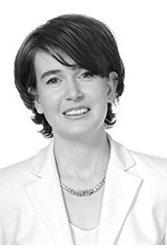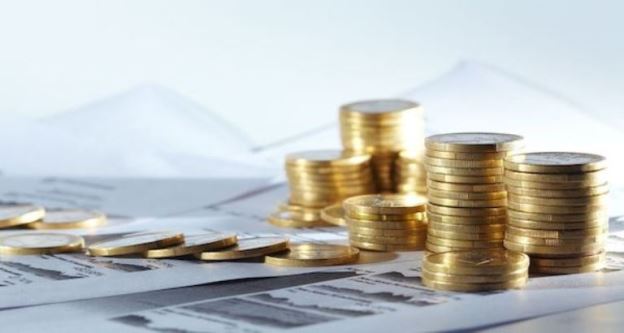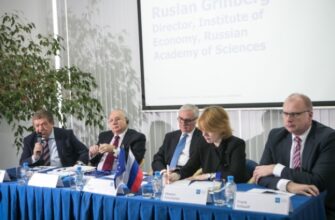According to Rosstat, in the third quarter of 2016 Russia’s GDP fell by 0.4% compared to the third quarter of 2015 and increased by 8.5% compared to the second quarter of 2016. Thus, in January-September 2016 the country’s GDP decreased by 0.7% to 60.7 trillion rubles. During the reporting period agriculture showed the greatest growth (+2.6%) and the largest drop – fishing / fish farming (-5.1%). Also worth noting some of the most important sectors of the economy: mining – +1.5%, financial activity – +0.6%, manufacturing – -1.6%, trade – -2.2%.
Based on these data, we can note a slow but steady growth of the economy in recent times. Thus GDP growth quarter-on-quarter increased from 7% to 8.5%, while the year on year decline slowed from 0.9% to 0.7%. According to preliminary Ministry of Economic Development estimates that in the 11 months 2016, the decline of GDP amounted to 0.6%. The same assessment of Russia’s GDP, but by the results of 2016, have voiced in the IMF and the World Bank.
In January-October 2016 Russia’s foreign trade turnover decreased by 15.1% to 379.1 billion USD. Of these exports had 224.4 billion USD (-21.9%), and for imports – 154.7 billion USD (-2.7%). According to Ministry of Economic Development estimates that in 11 months 2016, a decrease of foreign trade turnover of the country decreased to 13.6% (421.7 billion USD). Thus, this indicator shows signs of gradual recovery of the Russian economy.
In October 2016 the average monthly nominal wage amounted to 35’749 rubles in the country, which is 7.2% more than in October 2015. In this case, the rise in consumer prices since the beginning of the year made up 4.5%. The minimum monthly salary level recorded among the workers of textile and garment industries – 17’823 rubles and the maximum – among workers engaged in the production of coke and petroleum products – 83’242 rubles.
During 2016, Russians became more confident in their consumer expectations. Thus in the second quarter of 2016 Consumer confidence index of Russians was at level -26%, in the third – -19%, and in the fourth – -18%. Also Improved index of favorable conditions for large purchases, which rose from -41% to -33%. However, while these indicators are still at a low level. So, if we compare the Consumer confidence index of Russians with a similar indicator of the EU inhabitants, we can see that Russia occupies 27th place, ahead of only Greece, Bulgaria.
Most analysts believe that the decline of the Russian economy is over, and in the next few years it will grow. For example, the IMF expects Russia’s GDP will grow by 1.1% in 2017, the World Bank – by 1.5%, while the Ministry of Economic Development – 2%. In the case of policy changes, reforms and structural changes, the growth potential of the Russian economy may grow.
The results of 2016 and their forecasts for 2017 for the magazine E-Vesti voiced Natalya Orlova, Chief Economist and Head of the Center for Macroeconomic Analysis of Alfa Bank

N.Orlova: I welcome the restrained fiscal and monetary policies, which were carried out in 2016 by the government and the CBR. Also positive that is the beginning of the work of CSR on a new strategy for the country’s development, as the lack of clear long-term priorities has a negative impact on economic development.
However, while it is impossible to say that these actions have brought significant results: the economy continued to shrink in 2016, inflation remained above 5%, dependent on oil prices is high – in particular, the federal budget needs oil prices 70-75 USD / barrel to be balanced.
I suppose that in such conditions the restoration of the economy will fit into the formula in 2017 – there are additional budgetary costs – there is growth, there are no additional costs – there is no growth. That is, a further decline is unlikely, but even small rates of recovery will be closely linked to the scale of budget spending.





